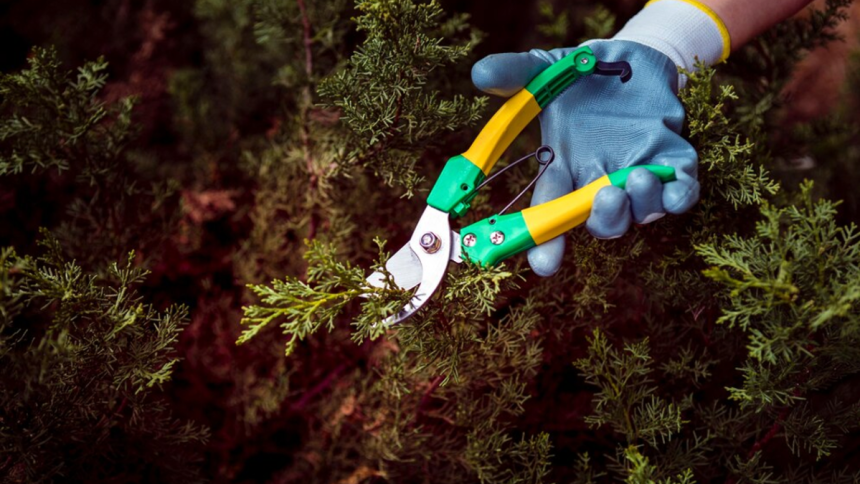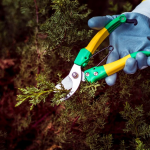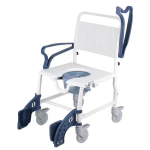Preparing your garden as the weather changes isn’t just about swapping out plants. It’s about maintaining a healthy, thriving outdoor space all year round. Trees need pruning, soil needs feeding, and pests need managing. Whether you’re a seasoned green thumb or just starting to get your hands dirty, knowing how to transition your garden through each season is key.
Think of your garden as a living, breathing system. Just like we dig out jumpers in winter or slip into shorts in summer, your garden needs seasonal support, too. Let’s walk through how you can keep it looking fresh and fabulous no matter what the weather throws your way.
Understanding Seasonal Changes in Gardening
How Weather Shifts Affect Plants and Soil
Seasons bring different temperatures, rainfall, and daylight hours. These changes affect the plant’s growth, flowering cycles, and soil health. Hot summers can dry things out quickly, while cold winters may stress your trees.
What Happens to Trees Across the Seasons
Trees have their rhythm. They grow vigorously in spring, slow down in autumn, and are dormant in winter. Understanding this cycle helps you know when to prune and how to care for them at each stage.
Assessing Your Garden’s Current Condition
Start with a Visual Check
Before diving in, take a slow walk through your garden. Look at what’s thriving and what needs help.
Identify Overgrown or Dead Branches
Dead limbs or overgrowth can invite disease and pests. If you’re unsure, call a local tree pruning Sydney expert.
Look at Lawn, Beds, and Borders
Patchy lawn? Are weeds creeping in? Now’s the time to tidy up and reset.
Essential Tools for Seasonal Preparation
Must-Have Garden Tools
You don’t need a shed full of gadgets—just the basics: secateurs, gloves, rake, spade, hose, and a wheelbarrow.
Safety Gear for Pruning and Maintenance
Pruning can be risky, especially with tall trees. Wear eye protection, gloves, and sturdy boots. And never use a ladder without a spotter.
Soil Preparation and Nutrient Management
Testing Your Soil
A soil test kit can show you pH levels and nutrient content. Knowing this helps you choose the right fertiliser or compost.
Seasonal Fertiliser Tips
Use a nitrogen-rich feed in spring, balanced nutrients in summer, and slow-release types for autumn. Avoid fertilising in winter—it can do more harm than good.
Choosing the Right Plants for Each Season
What to Plant in Spring, Summer, Autumn, and Winter
Each season has star performers. Spring’s great for annuals, summer for veggies, autumn for bulbs, and winter for hardy shrubs.
Native Australian Options That Thrive
Grevilleas, kangaroo paws, and bottle brushes are tough and beautiful, and I love Aussie conditions. They’re also low-maintenance and support local wildlife.
Pruning and Maintenance Techniques
When to Prune Different Types of Trees
Not all trees are created equal. Deciduous trees are best pruned in late winter, while evergreens can be shaped in early spring or autumn.
The Benefits of Tree Pruning Sydney Services
Professional arborists know exactly where and how much to cut. Proper pruning encourages healthy growth, removes hazards, and keeps trees looking neat. Plus, they can safely deal with tall or awkward trees.
Why Timing Matters in Pruning
Prune at the wrong time and risk stressing the tree or encouraging disease. That’s why it’s handy to follow seasonal guides or hire local experts.
Pest Control Strategies for Seasonal Transitions
Identifying Common Garden Pests
Look out for aphids, caterpillars, whiteflies, and borers. Drooping leaves, holes in plants, or sticky residue are often signs of trouble.
Eco-Friendly Control Methods
Neem oil, companion planting, and introducing natural predators like ladybirds can do wonders without harming your garden or pets.
Mulching and Watering Practices
Seasonal Adjustments for Mulch and Water
Mulch helps retain moisture in summer and insulates the soil in winter. Adjust your watering based on rainfall and temperature.
Avoiding Overwatering in Winter
Too much water in the cooler months can cause root rot. Make sure the soil is well-drained and only water when needed.
Creating a Seasonal Gardening Schedule
How to Plan Month by Month
Remember to prune, plant, fertilise, and regularly inspect your garden. A simple wall calendar or phone app can help you stay on track.
Staying Consistent Through the Year
Consistency is the secret to success. Small, regular tasks beat last-minute scrambles any day.
Conclusion
Preparing your garden for the changing seasons doesn’t have to be a chore. With a little planning and maybe some help from a tree pruning service, you can keep your outdoor space healthy, safe, and full of life all year round. Pay attention to what your garden tells you, and give it the love it needs every season. After all, a thriving garden starts with a bit of knowledge and a whole lot of care.
Lynn Martelli is an editor at Readability. She received her MFA in Creative Writing from Antioch University and has worked as an editor for over 10 years. Lynn has edited a wide variety of books, including fiction, non-fiction, memoirs, and more. In her free time, Lynn enjoys reading, writing, and spending time with her family and friends.















